Crops that are considered famine crops are those that are able to grow in difficult conditions, such as dry or infertile soil, and can provide a reliable food source. Some examples of famine crops that would be well-suited to growing in Michigan include:
Best Famine Crops
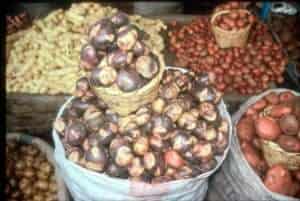
- Potatoes: Potatoes are a hardy crop that can grow in a variety of soil types and require relatively low amounts of rainfall. They are a good source of carbohydrates, vitamins, and minerals.
- Corn: Corn is a staple crop in many parts of the world and is able to grow in a wide range of conditions. It is a good source of carbohydrates and can be used to make a variety of food products.
- Dry beans: Dry beans are a good source of protein and can be grown in a variety of soil types and climates. They are also relatively drought-tolerant.
- Squash: Squash is a hardy crop that can be grown in a variety of soil types and requires little water. They are a good source of vitamins and minerals.
- Other crops like winter wheat, barley, and oats are also good options.
It’s important to note that there are many factors to consider when choosing crops to grow, such as local weather and soil conditions, as well as market demand for the crop. It is always best to consult with local agricultural experts for specific recommendations that are tailored to your local area.
What weeds grow abundantly in the United States and are edible an nutritious to eat?
There are many weeds that grow abundantly in the United States that are edible and nutritious. Some examples include:
- Dandelions: Dandelions are a common weed that can be found in lawns and gardens. The entire plant, including the roots, leaves, and flowers, is edible and can be used in salads, soups, and as a coffee substitute. Dandelion greens are rich in vitamins A, C, and K, as well as calcium, iron, and potassium.
- Plantain: Plantain is a common weed that can be found in lawns, gardens, and along roadsides. The leaves can be used in salads, soups, and as a poultice for minor skin irritations. Plantain leaves are high in vitamin A, vitamin C, and iron.
- Purslane: Purslane is a succulent weed that can be found in gardens, lawns, and along roadsides. The leaves and stems can be eaten raw in salads or cooked in soups. Purslane is high in omega‑3 fatty acids, vitamin C, and beta-carotene.
- Lambsquarters: Lambsquarters are a common weed that can be found in gardens, lawns, and fields. The leaves and young plants are edible, and can be eaten raw or cooked. They are a good source of vitamins A, C, and K, as well as calcium and iron.
- Wild amaranth: Wild amaranth is a common weed that can be found in gardens, lawns, and fields. The leaves and young plants are edible, and can be eaten raw or cooked. It is a good source of vitamins A and C, as well as calcium and iron.
- Chickweed: Chickweed is a common weed that can be found in gardens, lawns, and fields. The leaves and stems are edible and can be eaten raw or cooked. Chickweed is high in vitamins A, C, and D, as well as minerals like calcium, potassium, and iron.
It’s important to note that some wild plants should be avoided as they are toxic or poisonous. It is always best to consult with experts or reference guide books before consuming any wild plants, to confirm their identification and edibility.
Keywords: famine crops, best famine crops to grow, edible famine crops, growing famine crops, how to grow famine crops
Check out our Novel Writing Workbooks
Check out Little Tree Food Forest for articles on food forests and homesteading.
Check out FoodieScapes for articles on growing, fermenting and preserving food
Check out StoryScapes.World for articles on writing.
Related Content
Related Content
Subscribe to our newsletter to get information delivered to your inbox on edible landscaping, growing food and medicinal plants, growing mushrooms, foraging, fermentation, food preservation, raising small livestock, and more.







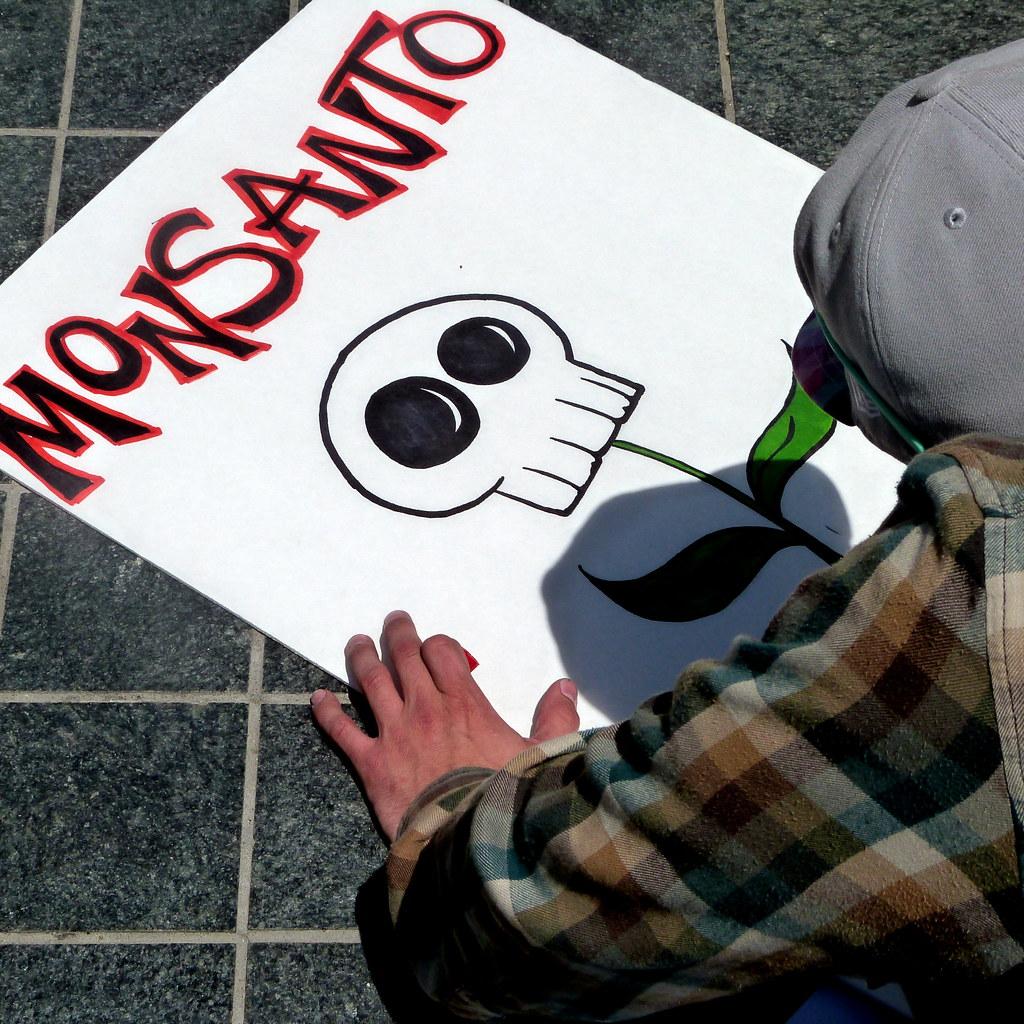


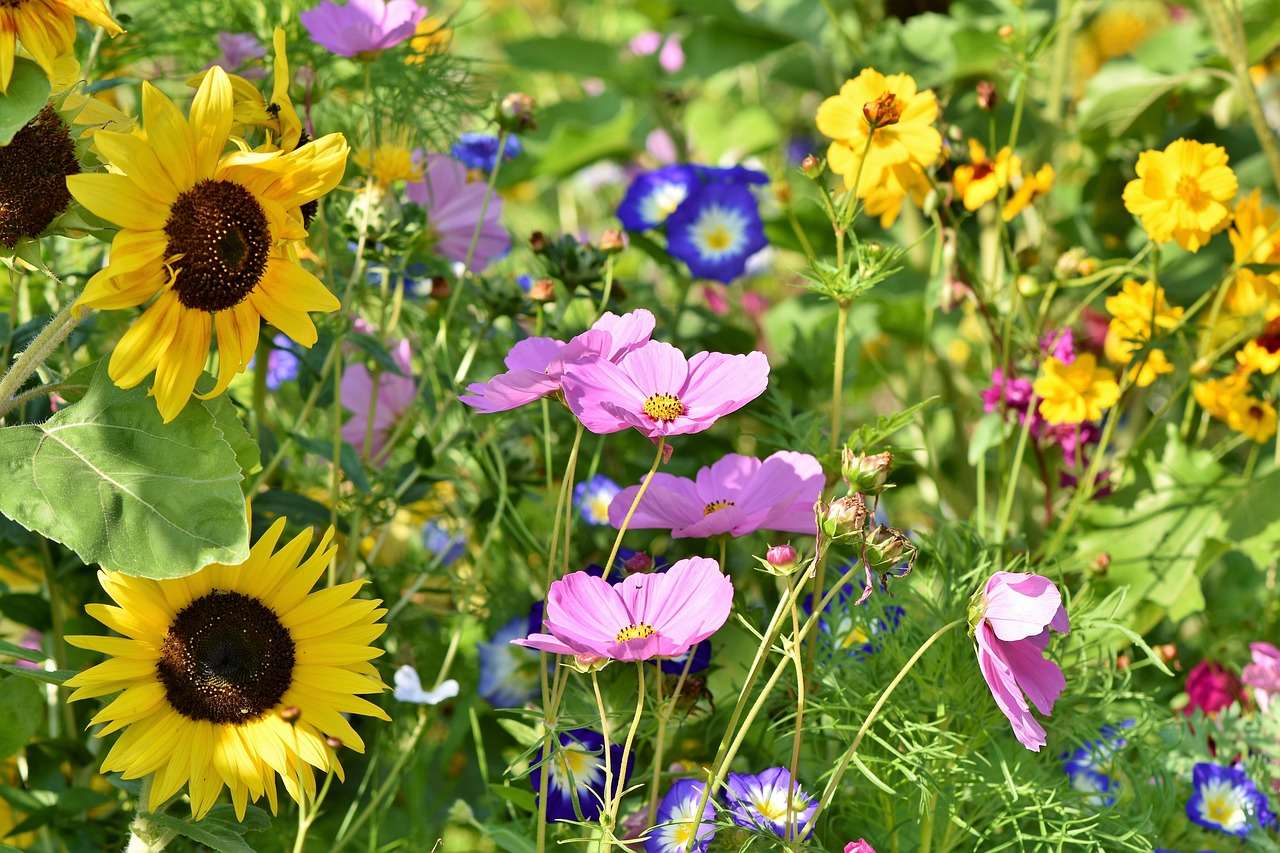

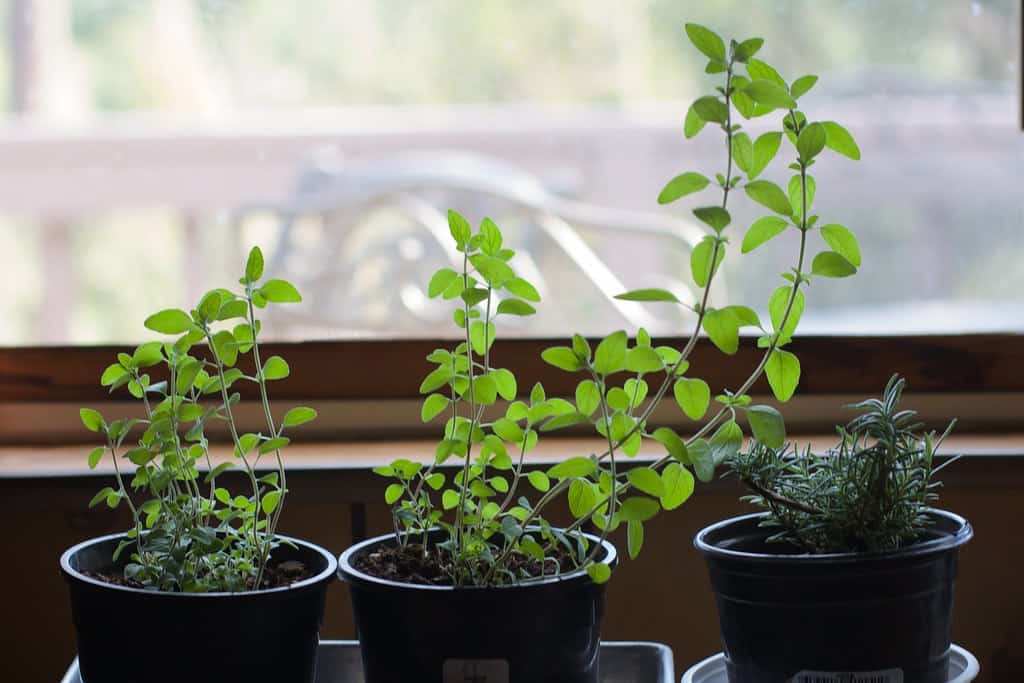
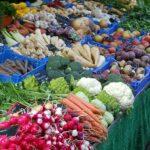
Very nice article, just what I wanted to find.